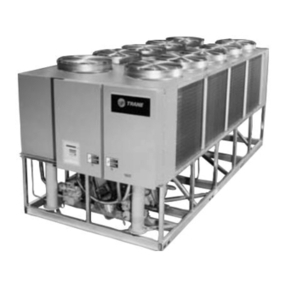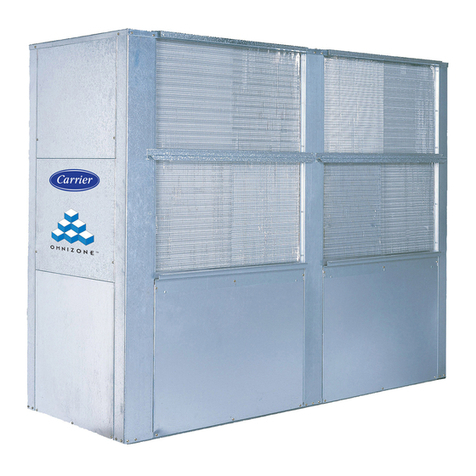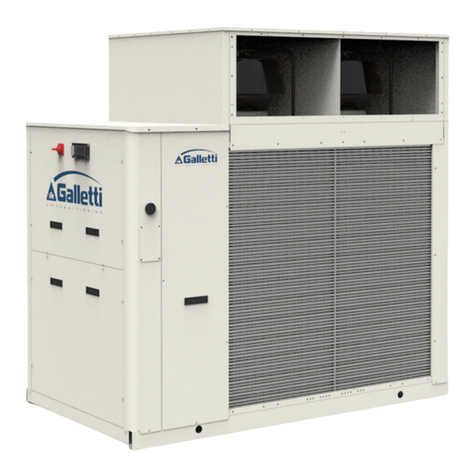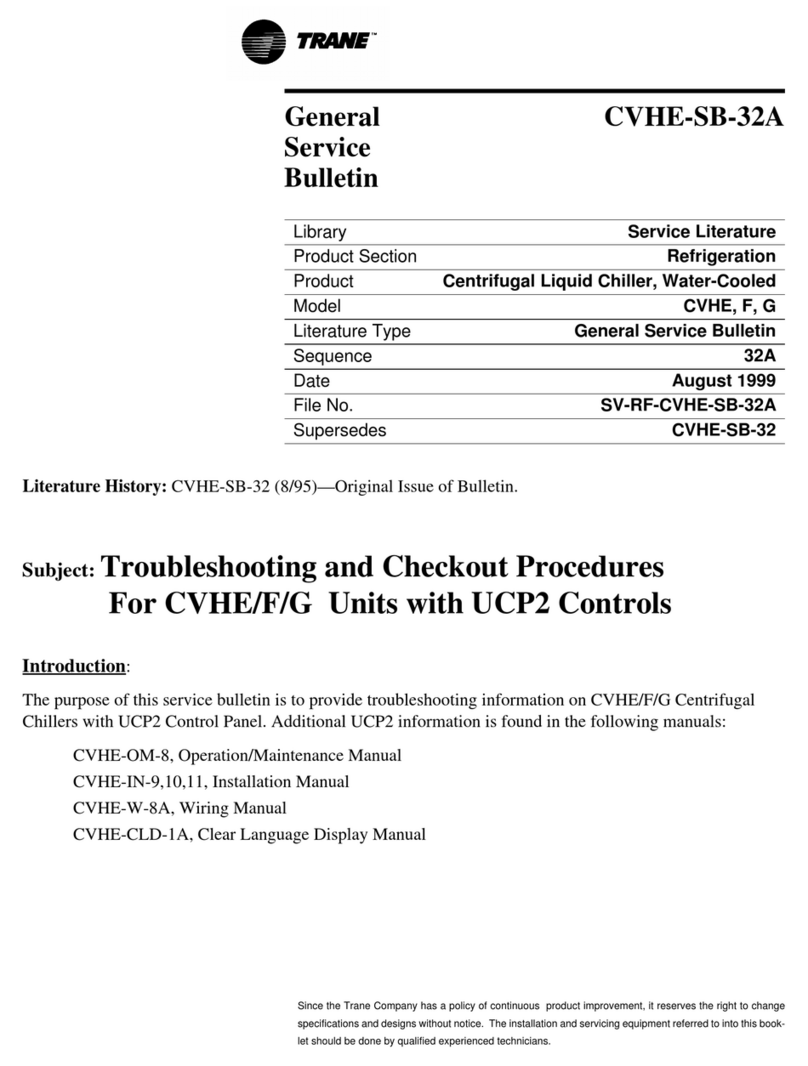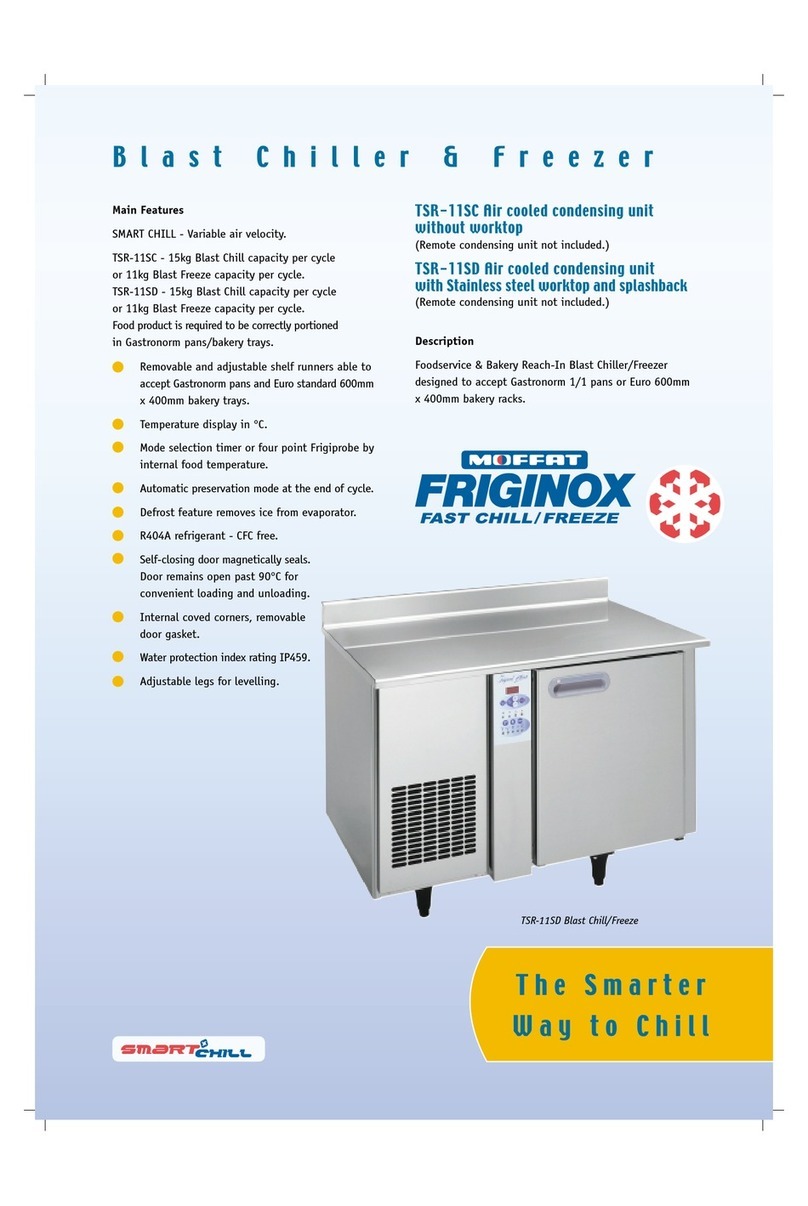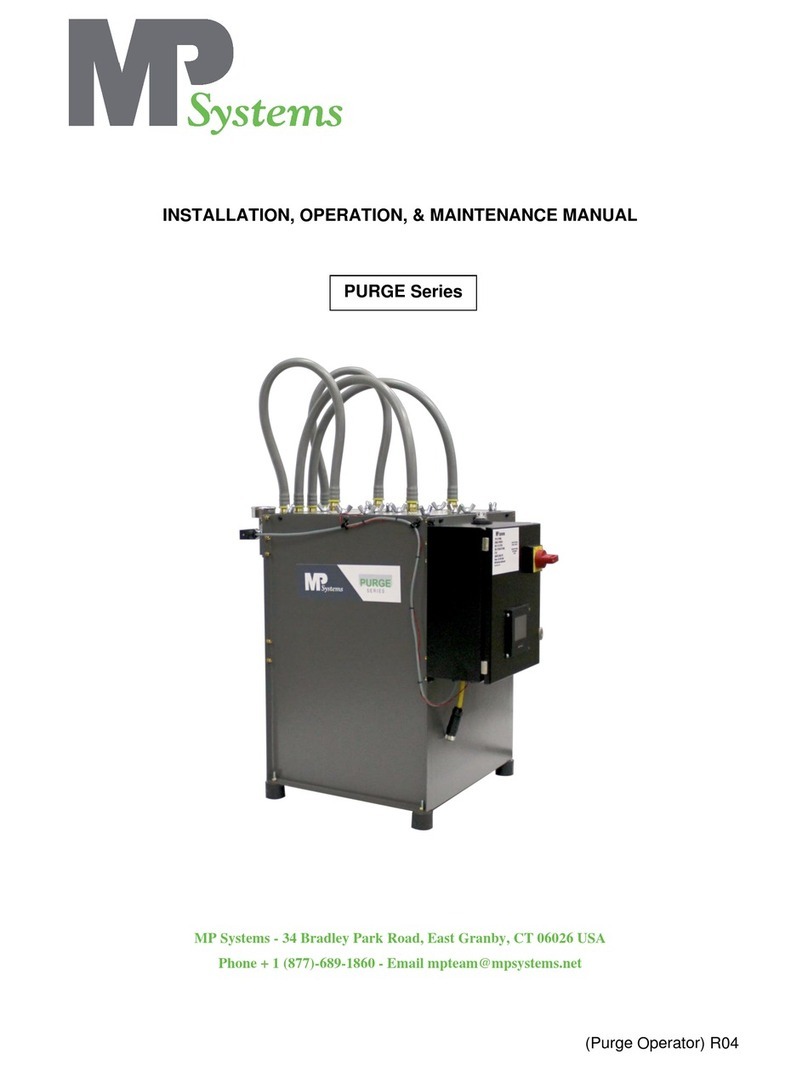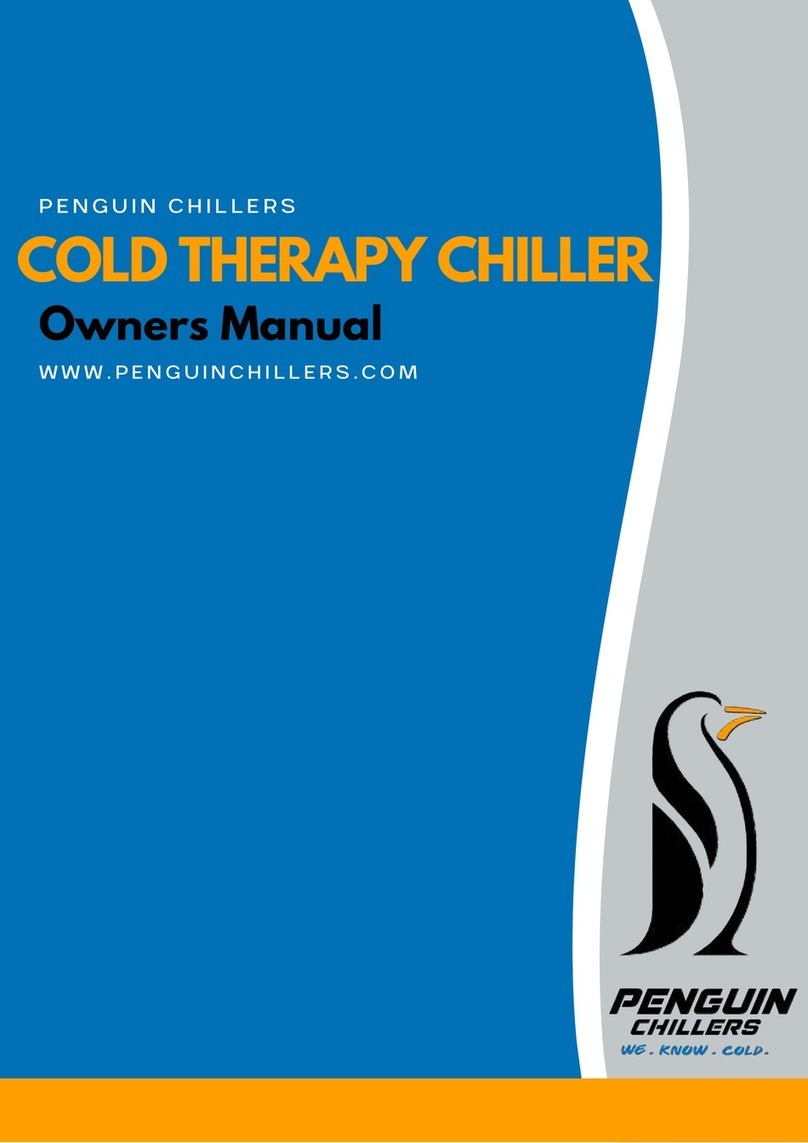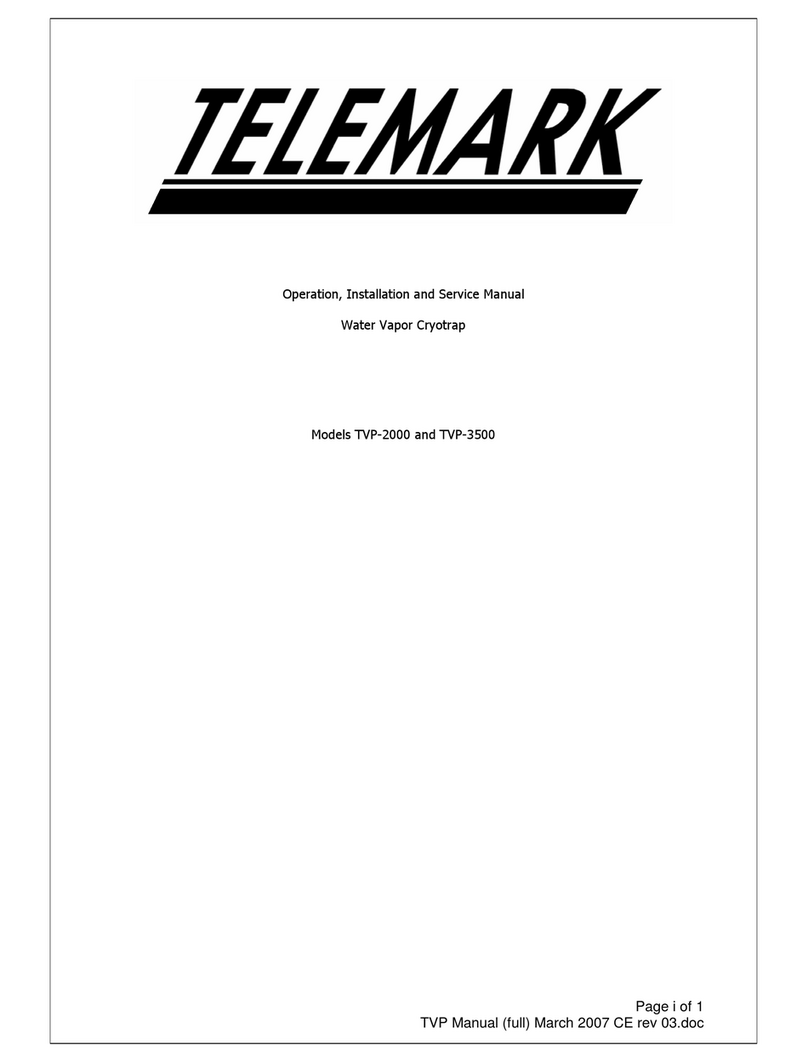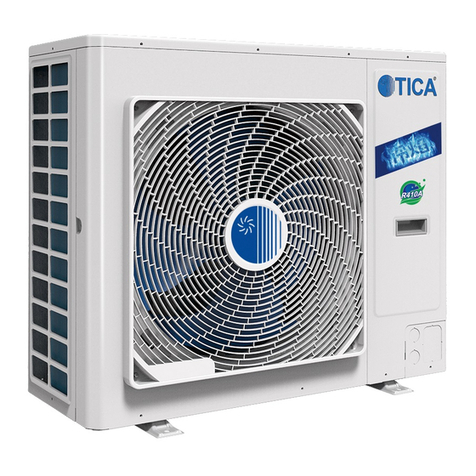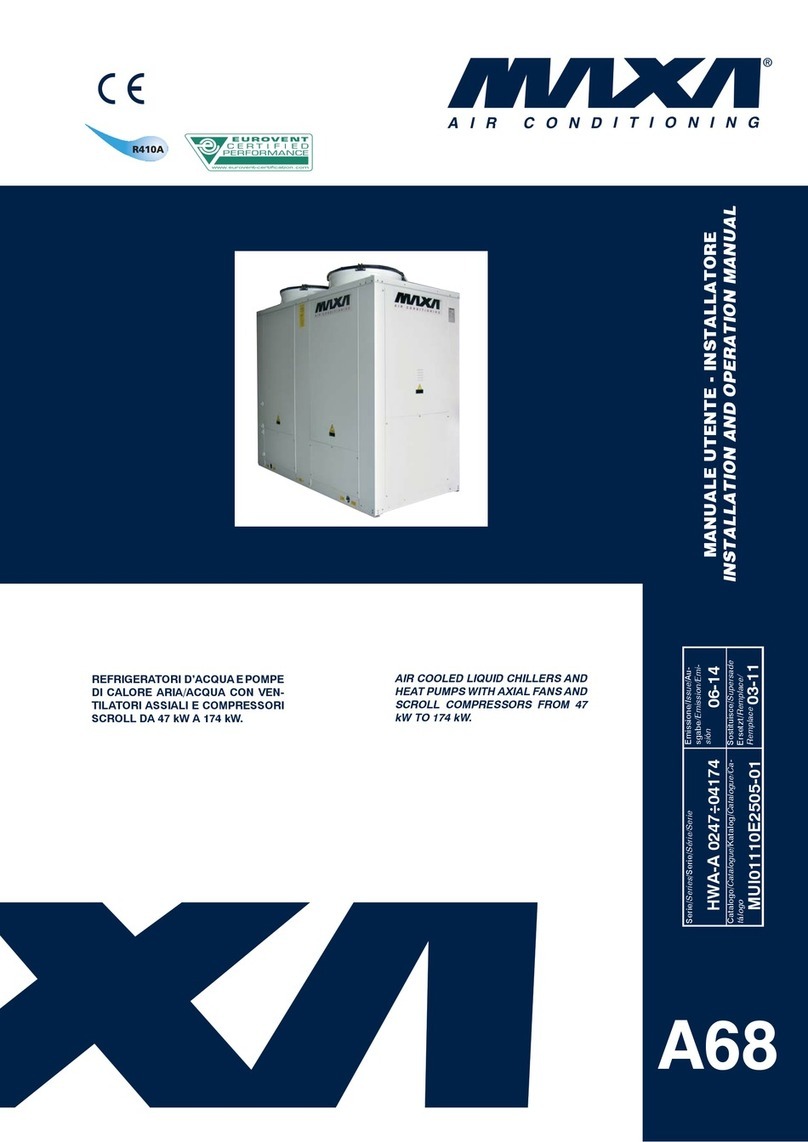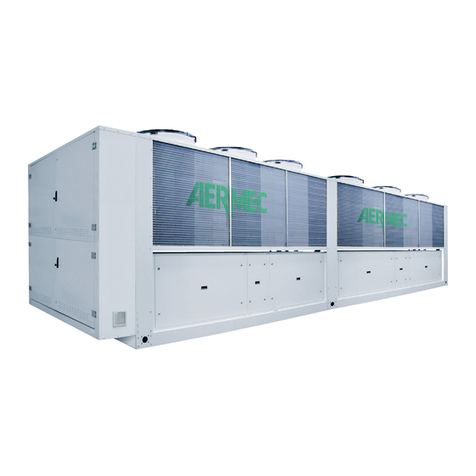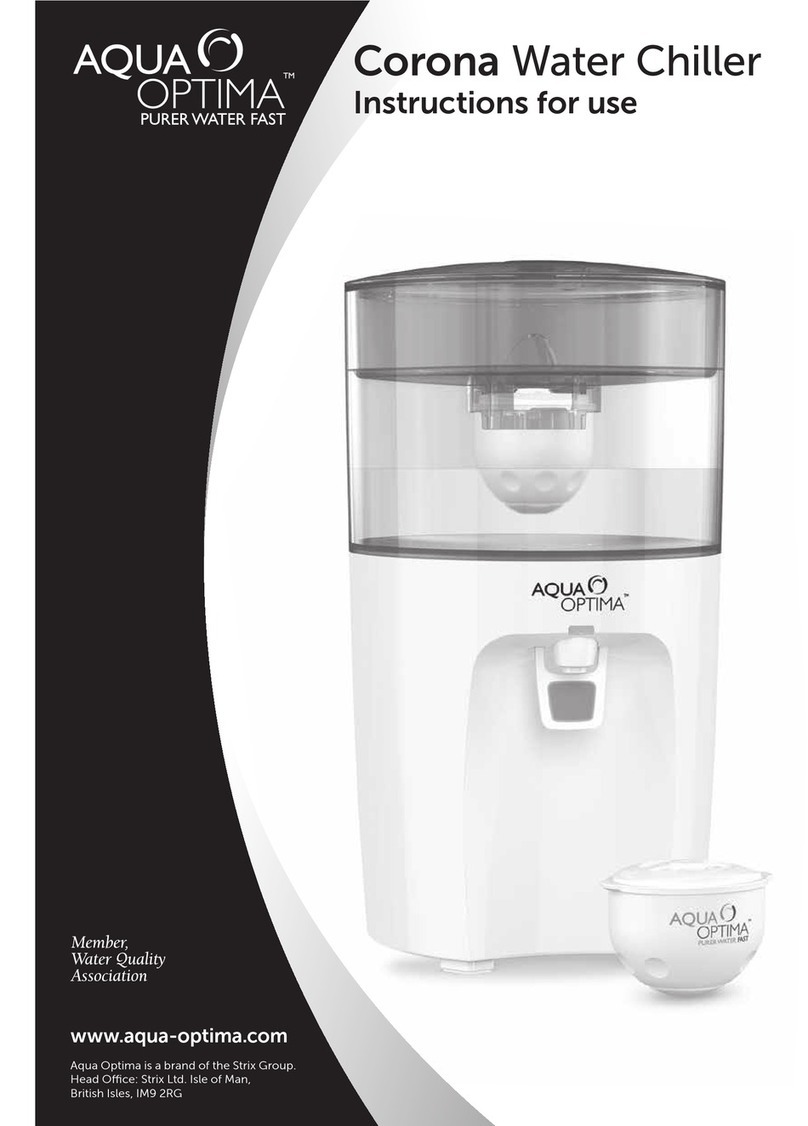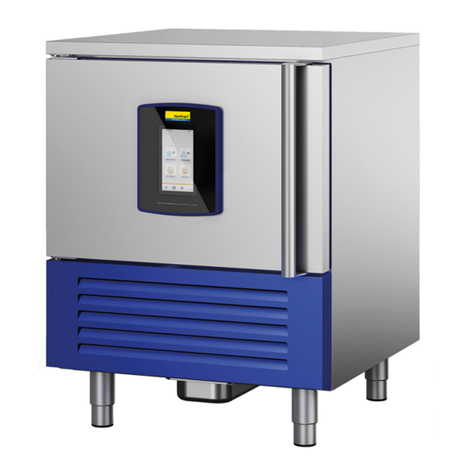4
Security Advice
Please ensure the power supply and electrical outlet are securely connected and that the
grounding wire is connected.
The average operating current of the chiller is small, but the instantaneous operating current could be
up to 10 amps.
Please make sure there is a stable and normal voltage for the working chiller!
The standard operating voltage for the chiller is 220V.
Mismatched power frequency can cause damage to the chiller!
Be sure you can run a machine with 50 Hz.
To protect the pump, it is strongly advised that you do not run the chiller without having
water in the water reservoir!
The machine is packaged without water in the tank, so make sure the tank has enough water inside
before starting it otherwise the pump can be damaged.When the water level is below the green
(NORMAL) range of the water level gauge, the cooling capacity of our chiller will go down slightly,
hence please ensure the water level is within the green (NORMAL) range. Do not drain the water by
circulating the pump!
Please be sure that the air inlet and air outlet have good ventilation!
There must be at least 30 cm from obstructions to the air outlet in the back of the cooler and at Ieast
8 cm between obstructions and the side air inIet.
The fi lter screen must be regularly cleaned!
It‘s essential to unpick and clean the dust gauze, or a serious blockage could cause a breakdown to the
chiIIer.
Please pay attention to the effect of the condensate water!
When there is higher ambient humidity, and when the water temperature is lower than the ambient
temperature, condensation will appear on the surface of the water circulation pipes and the cooled
components. If this occurs, setting a higher water temperature or keeping connected pipes and cooled
parts warm is recommended.
1
2
3
4
5
6
7
